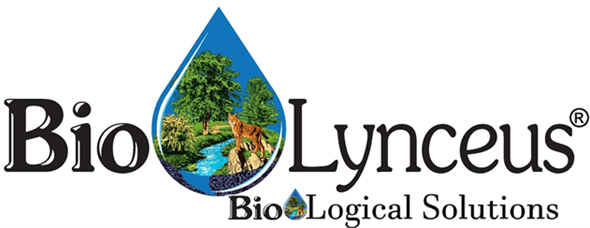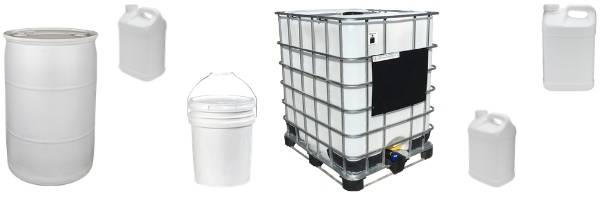
Carbon-bonded S is mineralized through various pathways:
1. Direct aerobic mineralization during the oxidation of C as an energy source
2. Anaerobic mineralization of organic matter (desulfurization)
3. Incomplete oxidation of organic S into inorganic S compounds
4. Biological oxidation of H2S to sulfate via elemental S and sulfite
5. Our microbiology does not produce sulfur in the soil (as such)
The hydrolysis of ester sulfates occurs by splitting the O-S bond, through the action of sulfatase enzymes:
R-O-SO3 + H20 = ROH + H+ + SO4
There are numerous sulfatases, characterized by high specificity. They include arylsulfatases and Lot 125® contains an excellent diversity of microbes, producing a diversity of enzymes; some that are directly involved in making sulfur available to the soil.
The product does help stabilize the pH and will not lower it significantly and plants only need a 6.5-6.8 pH if they are being fertilized with synthetic fertilizers. How do all those other plants in the world grow, when you know all the earth of this planet does not have a 6.5-6.8 pH? It is a wonderful marketing tool if you are selling synthetic fertilizers.
Authored by Mike Lindsey, Global Organics (2011)






